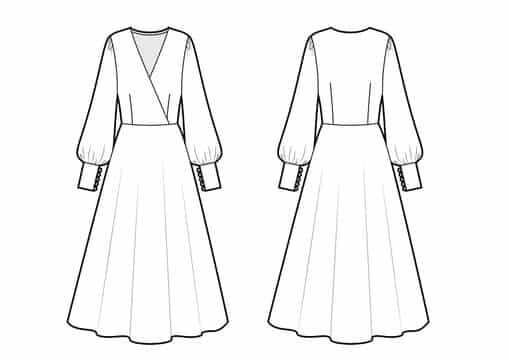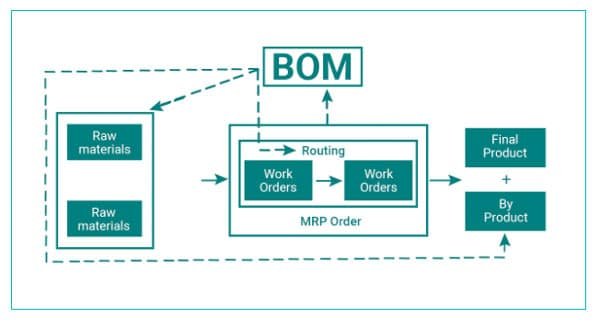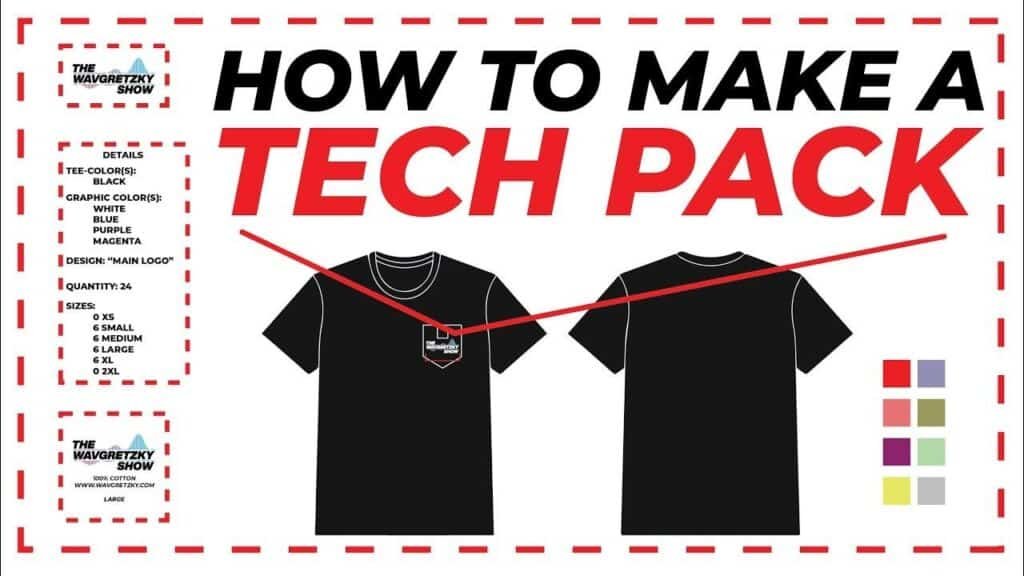Do you know what a tech pack is and how to make a tech pack for fashion?
Well, when you first heard the term “Tech pack”, you might be asking what a tech pack is and how to make a tech pack? If you’re a new fashion designer who didn’t go to fashion school, A technical designer creates a Tech Pack, which is a blueprint. It includes all of the parts and instructions a manufacturer needs to transform your concept into a finished product. Materials, gradings, seams, colors, measures, trim, labels, and so on all fall into this category.
What is a Tech Pack in the Garment Industry?
A Tech Pack, also known as Specification Sheets, is a collection of documents generated by designers to describe their design to a manufacturer so that they can turn it into a finished garment. It acts as a blueprint for a finished garment, containing details such as detailed flat sketches of the design, materials to be utilized such as trims and labels, dimensions specifications, size-gradings, colors, and so on.
Most contractors and factories will not take your orders unless you present a clear and complete Tech Pack when outsourcing garments. By precisely stating the desired parameters for the future product, a Tech Pack for fashion reduces the risk for both the manufacturer and the designer. A Tech Pack’s ultimate purpose is to reduce the number of samples produced and get a product to market faster. The Tech Pack also acts as a master record for tracking product development, including any comments, modifications, or last-minute changes.
Why is a Tech Pack important?
Here are a few reasons why Tech Packs are essential when producing any fashion product:
It helps you save both time and money.
You can receive error-free samples that reflect your original vision with the help of a thorough and easy-to-read Tech Pack.
It aids in the accurate quotation of prices.
The more information you include in your Tech Pack, the easier it will be for your factory to estimate how long it will take to make your product and, as a result, how much it will cost.
Tech Packs aid in the improvement of fit quality
When a manufacturer sends a fit sample, you can create a custom column called Fit Sheet to record the actual measurements. You can check whether these actual measurements are within tolerance by comparing them to the original measurements in the table. This allows you to make adjustments as needed and enhances the fit dramatically.
It’s a reference point for quality control
You’ll need to double-check each batch of samples for points of measurement, materials, and construction details. If any of them deviate from your specifications, you can notify your manufacturer, who will make the appropriate adjustments.
It helps you collaborate in teams
A Tech Pack turns into a collaborative environment in which designers, product developers, buyers, and quality control planners collaborate to build better products faster.
What does a Tech Pack include?
The content of a Tech Pack varies depending on the type of product and its design. However, here’s a list of the most common details included in a regular clothing Tech Pack.
Fashion flat sketches
Technical sketches (also known as fashion flats) show every design from various perspectives (front, back, side, and yes even inside). They assist your factory and pattern maker in visualizing how to build the initial prototype as near to your desired look as possible. That’s why they’re usually done in black and white and made with Adobe Illustrator.
Before you begin your Tech Pack, make sure you have a comprehensive garment or accessory sketch. Here are a few pointers on how to make professional flat sketches for your Tech Pack:
Include several different perspectives of your clothing.

Include as many vantage points as possible, such as side views, inside labels, and other information, to help your manufacturer visualize how the garment should progress. Any specifics regarding the clothing that aren’t clear in these sketches need to write down. Diagrams with labeled arrows pointing out collars, plackets, cuffs, fastenings, bar tacks, and artwork placement are common examples.
Provide as much information as possible.
When it comes time to describe your idea to the factory, leaving parts of your sketch blank will only complicate things. This necessitates the placement of every seam, dart, stitch, and button. A solid line on a garment usually denotes a seam line, while a dashed line denotes stitching. If a detail in your Tech Pack isn’t visible on your sketch, don’t point to it!
Maintain a straightforward approach.
Add details to your sketches, but don’t make them too complicated. To effectively describe your concept, avoid shading and utilize basic black and white sketches.
Bill of materials

The Bill of Materials (BOM) is a list of raw materials to manufacture and prepare a garment for shipment. When your company produces a physical product, you must obtain the necessary materials. Material sourcing is an important aspect of the manufacturing process. The materials you use have a significant impact on the quality of your finished product.
The main fabric, secondary fabric (lining), thread, trims, closures, labels, and packaging are all included in a standard BOM table.
A technical designer and product developers in the apparel business frequently generate a Bill of Materials. These designers collaborate closely, offering feedback to factories so that we can adjust the Tech Pack accordingly. A technical designer from a CAD (Computer-Aided Design) drawing usually creates a Bill of Materials.
The following are three major reasons why a well-defined BOM table is critical:
- To determine the garment’s expense and pricing.
- For ensuring that no components are overlooked by your factory.
- To ensure quality and consistency in every batch by standardizing manufacturing.
Garment measurement specs
After you’ve defined the design and set up the drawings and materials page, you’ll need to add dimensions in your Tech Pack. The Dimensions specification sheet (also known as measurement specs) is a detailed description of the measurements of various components in a garment.
Body length, chest, waist, hips, armhole, shoulder drop, and neck opening are some of the common measurement words included on every Measurement Sheet. However, depending on the garment’s complexity, more points of measurement is required. For instance, the length and breadth of the collar, the length and width of the cuffs, the measures of the pockets, and so on.
One of the most significant documents used in the production of garments is the garment measurement sheet. Any errors on the spec sheet could cost designers time and money, as well as result in clothes that don’t fit properly.
Standard sizing charts or body measurements can be used to build measurement spec sheets.
Garment cost sheet

The typical garment cost sheet includes the material cost, labor, and cost of processing. Each type of product has different specifications and therefore a different costing table. Quantities of each item must be listed, ideally in another column to make the visualization and calculation easier.
How to create a Tech Pack
Microsoft Excel has been the industry’s go-to tool for creating tech packs. It’s flexible, loaded with capabilities, and we built on something you’re probably already familiar with: spreadsheets. However, this is the essence of the issue.
So by now, hopefully, you have understood how to make a tech pack for fashion. You must provide a proper and feasible tech pack to the manufacturer company. For example, if you want to make designer and customized clothing from Beautiful Connection Group (one of the best clothing manufacturers in the USA), you will need to provide the company with a standard tech pack first. So, try to make a proper tech pack while stepping out for the manufacturing process.

